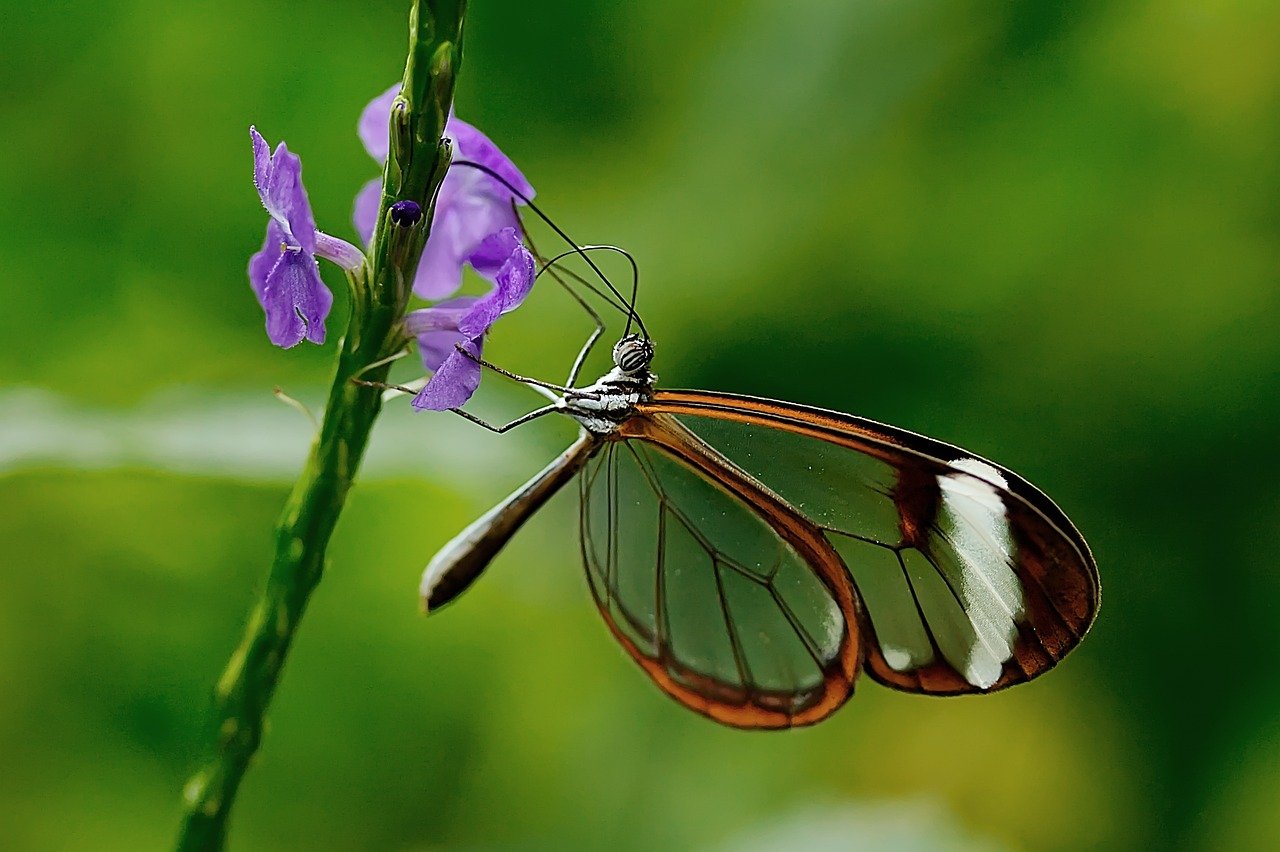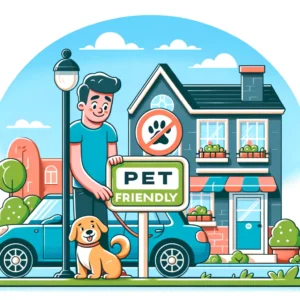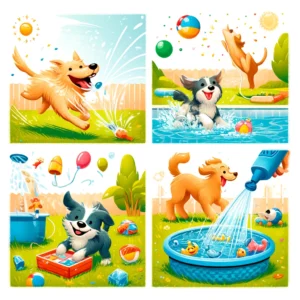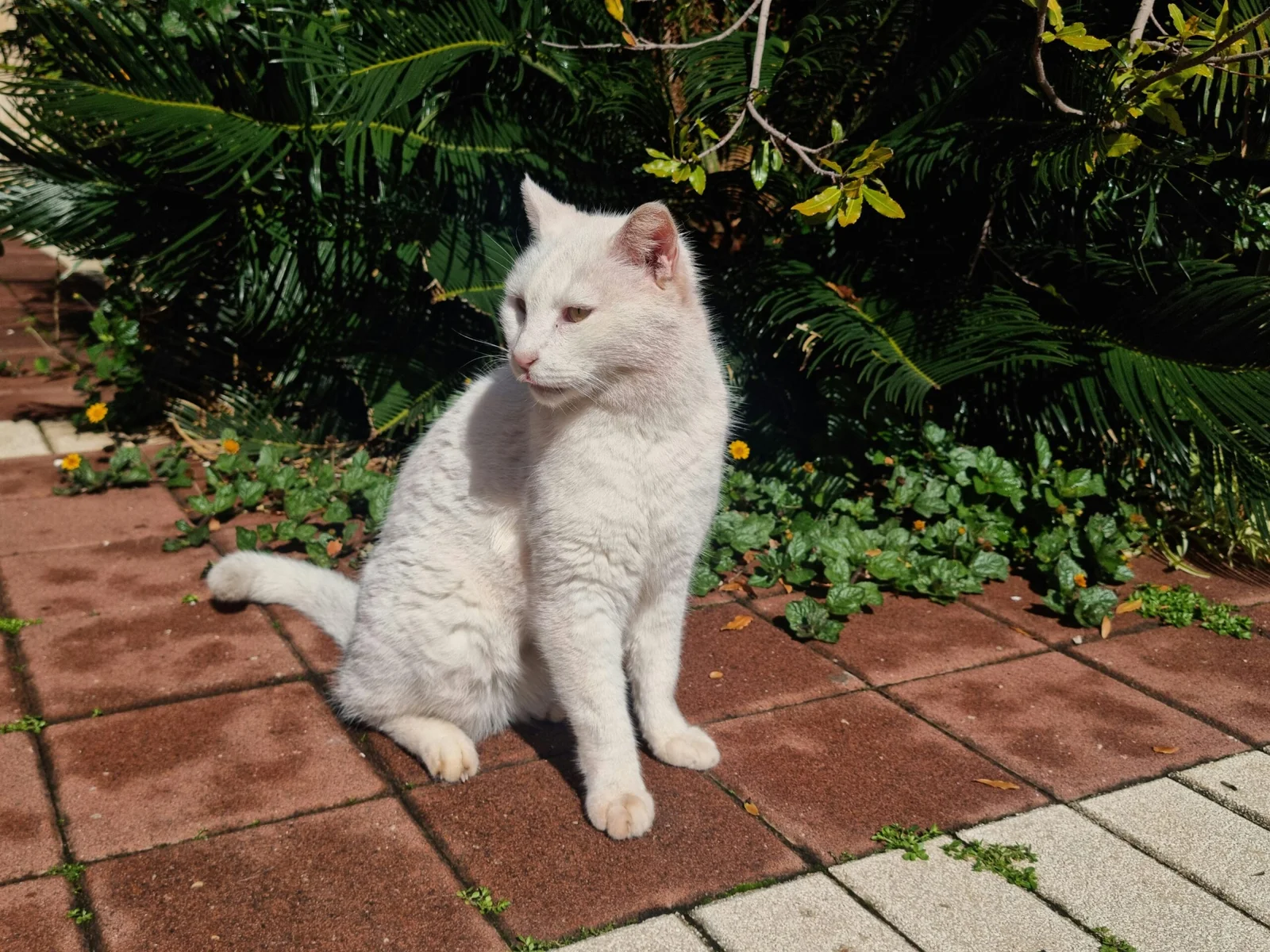The Importance of Conserving Indigenous Pet Species and the Role of Pet Owners
Introduction
When it comes to pets, most people think of cats and dogs, but there is a whole world of indigenous pet species that often goes unnoticed. These unique creatures are not only fascinating companions, but they also play a crucial role in our ecosystem. In this blog post, we will explore the importance of conserving indigenous pet species and discuss the role that pet owners can play in these efforts.
The Significance of Indigenous Pet Species
Indigenous pet species are animals that are native to a specific region or habitat. They have adapted to their environment over thousands of years and have unique characteristics that make them valuable members of their ecosystems. By conserving these species, we are not only preserving their natural habitats but also protecting the delicate balance of our planet.
One of the key reasons why conserving indigenous pet species is important is because they contribute to biodiversity. Biodiversity refers to the variety of life on Earth, including the different species, genes, and ecosystems. Indigenous pet species are a part of this intricate web of life, and their loss can have far-reaching consequences.
Indigenous pet species also serve as indicators of the health of their habitats. Their presence or absence can give us valuable insights into the overall well-being of an ecosystem. For example, if a certain species of bird disappears from a particular area, it could be a sign of habitat degradation or pollution.
The Role of Pet Owners in Conservation
As pet owners, we have a unique opportunity to contribute to the conservation of indigenous pet species. By making responsible choices and taking certain actions, we can make a positive impact on their survival.
One of the most important ways pet owners can help is by adopting indigenous pet species instead of exotic ones. Exotic pets, such as parrots or reptiles from other countries, are often captured from the wild, causing harm to their populations and habitats. By choosing indigenous pet species, we can support local conservation efforts and help protect the natural balance of our ecosystems.
Another way pet owners can contribute is by creating a suitable habitat for their pets. Indigenous pet species have specific environmental requirements that need to be met in order for them to thrive. By providing a habitat that mimics their natural surroundings, we can ensure their well-being and help them flourish.
Additionally, pet owners can educate themselves and others about the importance of conserving indigenous pet species. By raising awareness and sharing knowledge, we can inspire others to take action and make a difference. This can be done through social media, community events, or even simple conversations with friends and family.
Conclusion
Conserving indigenous pet species is not just about protecting individual animals; it is about safeguarding the delicate balance of our planet. By understanding the significance of these unique creatures and taking action as pet owners, we can contribute to their survival and the well-being of our ecosystems. Let us embrace the wild at heart and be responsible stewards of our indigenous pet species.












